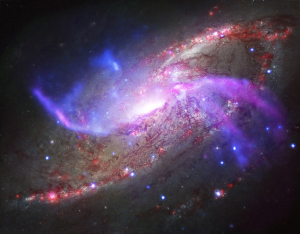Shades of Hubble: The first data from Europe’s Gaia space telescope, launched to map a billion Milky Way stars, will be delayed 9 months while engineers grapple with several problems.
Gaia managers started taking test images early this year, but soon noticed three issues. For one, more light than anticipated is bending around the 10-metre sunshield and entering the telescope.
Small amounts of water trapped in the spacecraft before launch are being released now that the telescope is in the vacuum of space, and more ice than calculated is accumulating on the telescope’s mirrors. In addition, the telescope itself is expanding and contracting by a few dozen nanometres more than expected because of thermal variations.
Mission managers say the number of stars detected will remain the same even if these complications remain untreated, but the accuracy in measurements of the fainter stars will suffer.
Unlike Hubble, however, there is no way to send a shuttle and a team of astronauts to Gaia to fix it. And it sounds like these issues will have an impact on the telescope’s abilities to gather its intended data.
This story raises my hackles for another reason. Gaia was a very technically challenging space telescope to build, but it was far easier and less cutting edge than the James Webb Space Telescope. It also cost far less. What will happen when Webb gets launched later this decade? How likely is it to have similar issues? Based on a story I just completed for Sky & Telescope on the difficulties of building ground-based telescopes, I’d say Webb is very likely to have similar problems, with no way to fix them. The American astronomy community could then be faced with the loss of two decades of research because they had put all the eggs into Webb’s basket, and thus had no money to build anything else.

